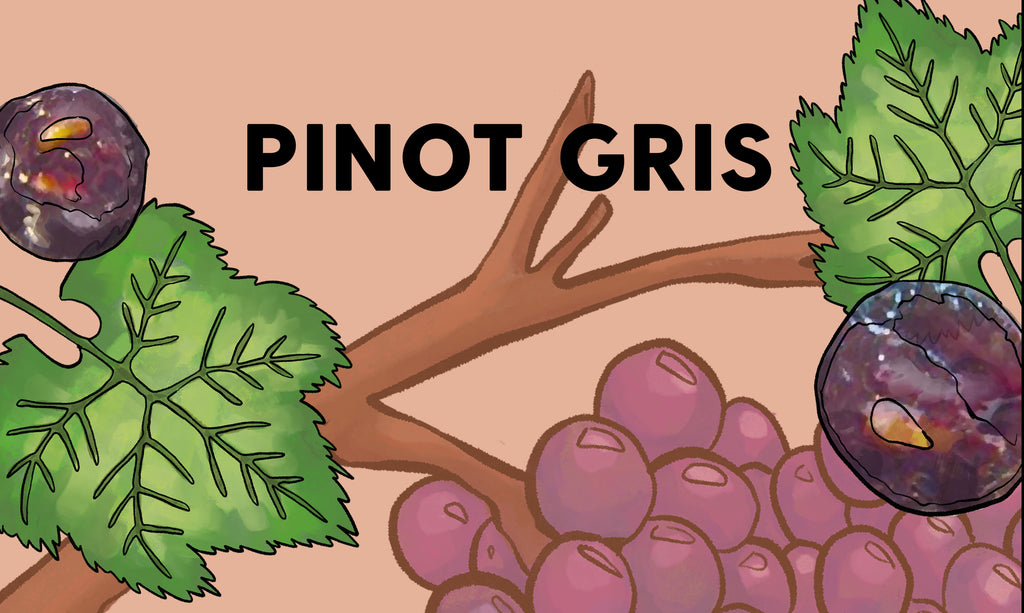Pinot Gris
Pronunciation: Pee-noh gree


Pinot Gris is a color mutation of Pinot Noir that occurred at different times and in different places in Burgundy (notably Chassagne-Montrachet in the Côte d’Or), but also in Rheinland-Pfalz and in Baden-Württemberg in south-west Germany (Durand 1901a).
Berry color is very variable and much darker than that of most white wine grapes, from pinky-purple to almost as dark as Pinot Noir in hotter sites. Early budding and ripening. Relatively vigorous but not very productive. Some susceptibility to botrytis bunch rot and downy mildew. Bunches and berries are small or very small. Potential for high sugar levels in the berries along with low to moderate acidity.
When Pinot Gris’ yields are not too high and it is allowed to reach full ripeness it can produce deep-colored, fairly rich wines with relatively low acidity – occasionally running to flab – and heady perfume, but in the mass-market arena, the name Pinot Grigio seems enough to guarantee sales of even a tart, neutral, almost colorless and flavorless white wines.
Alsace Pinot Gris can be as luscious as a ripe peach or apricot, with a hint of smoke, developing biscuit, buttery flavors with age. Vendange Tardive versions can stand up to savory foods. Particularly good examples have been made by JB Adam, Kuentz-Bas, Trimbach, Weinbach, and Zind-Humbrecht. It is recommended in much of wine growing France except the south and southwest.
Source: Wine Grapes
A complete guide to 1,368 vine varieties, including their origins and flavors
Jancis Robinson, Julia Harding, and Jose Vouillamouz
Published by the Penguin Group
← Older Post Newer Post →







